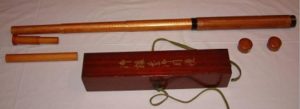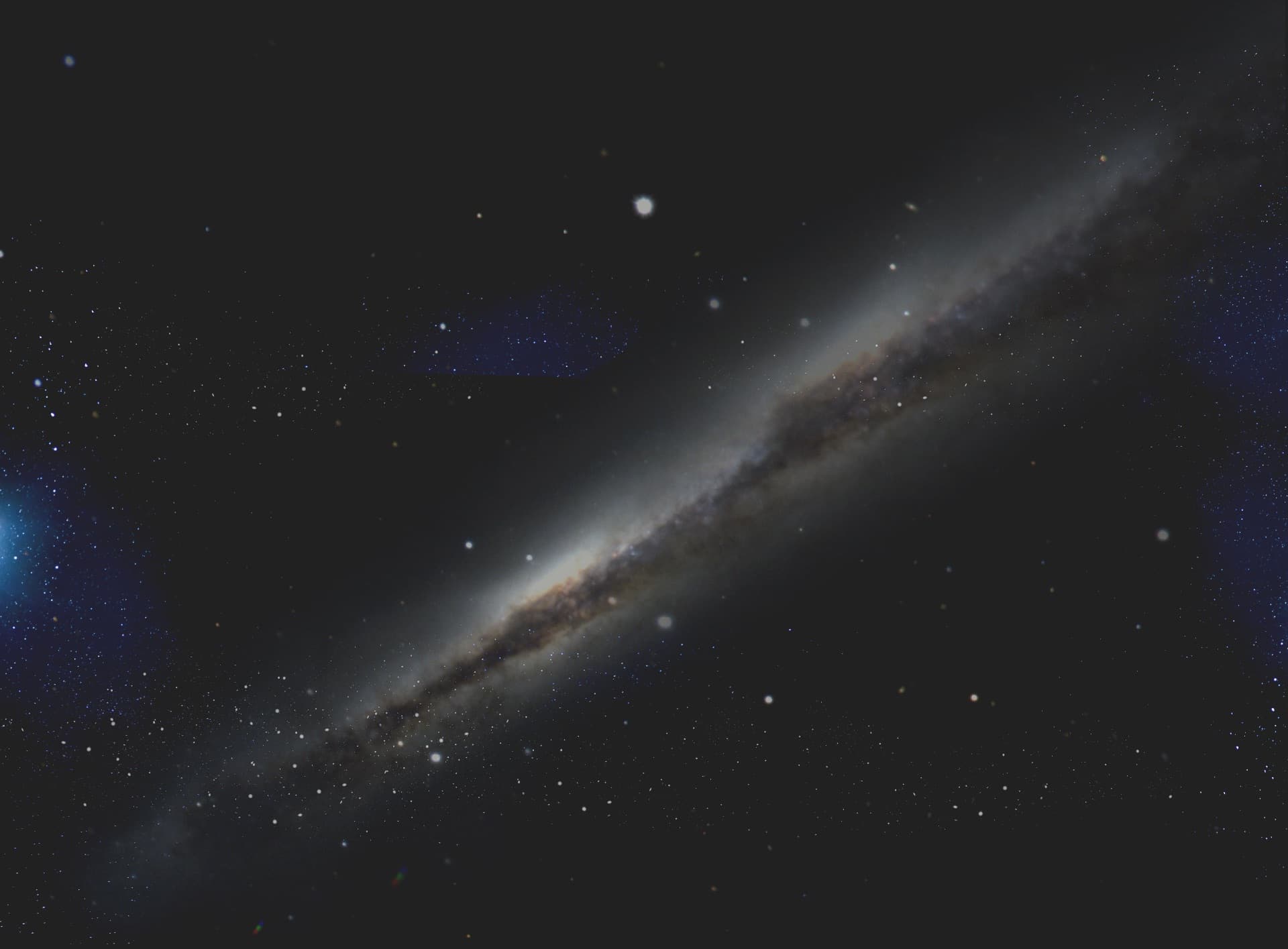 Article
Article- 10 pages
- Level: university
This 2008 article, written by Tsuko Nakamura and published in the Journal of Astronomical History and Heritage, features abundant full-color illustrations of the (Jesuit-influenced) telescope that is the subject of the article.
Abstract: This paper describes the antique telescope owned by one of Japan’s major feudal warlords, Tokugawa Yoshinao. As he died in 1650, this means that this telescope was produced in or before that year. Our recent investigation of the telescope revealed that it is of Schyrlean type, consisting of four convex lenses, so that it gives erect images with a measured magnifying power of 3.9 (± 0.2-0.3). This also implies that Yoshinao’s telescope could be one of the earliest Schyrlean telescopes ever. The design, fabrication technique, and the surface decoration of the telescopic tube and caps all suggest that it is not a Western make at all, but was produced probably under the guidance of a Chinese Jesuit missionary or by the Chinese, in Suzhou or Hangzhou in Zhejiang province, China, or in Nagasaki. Following descriptions in the Japanese and Chinese historical literature, we also discuss the possibility that production of Schyrlean-type telescopes started independently in the Far East nearly simultaneously with the publication of Oculus Enoch et Eliae by Anton Maria Schyrle in 1645.
Click here for this article from NASA ADS.
Click here to download a PDF of this article from NASA ADS.
